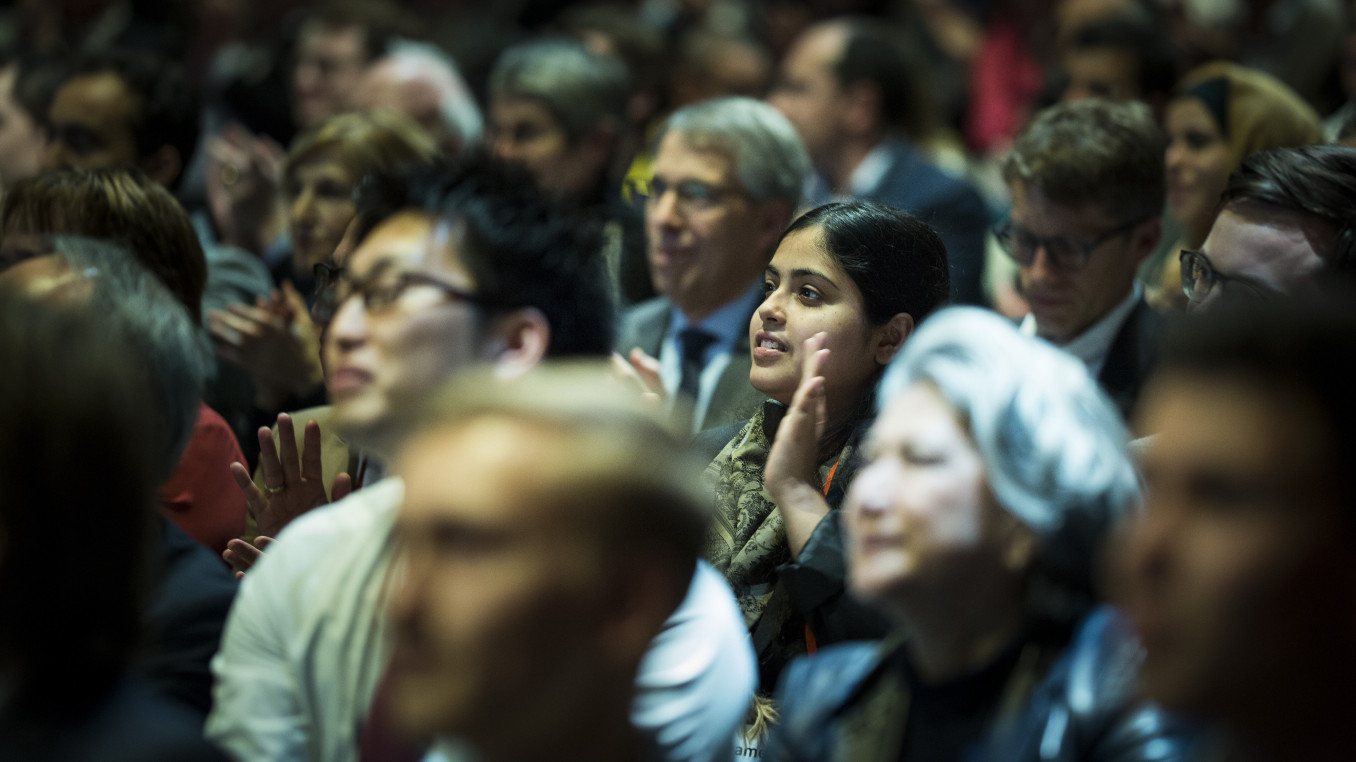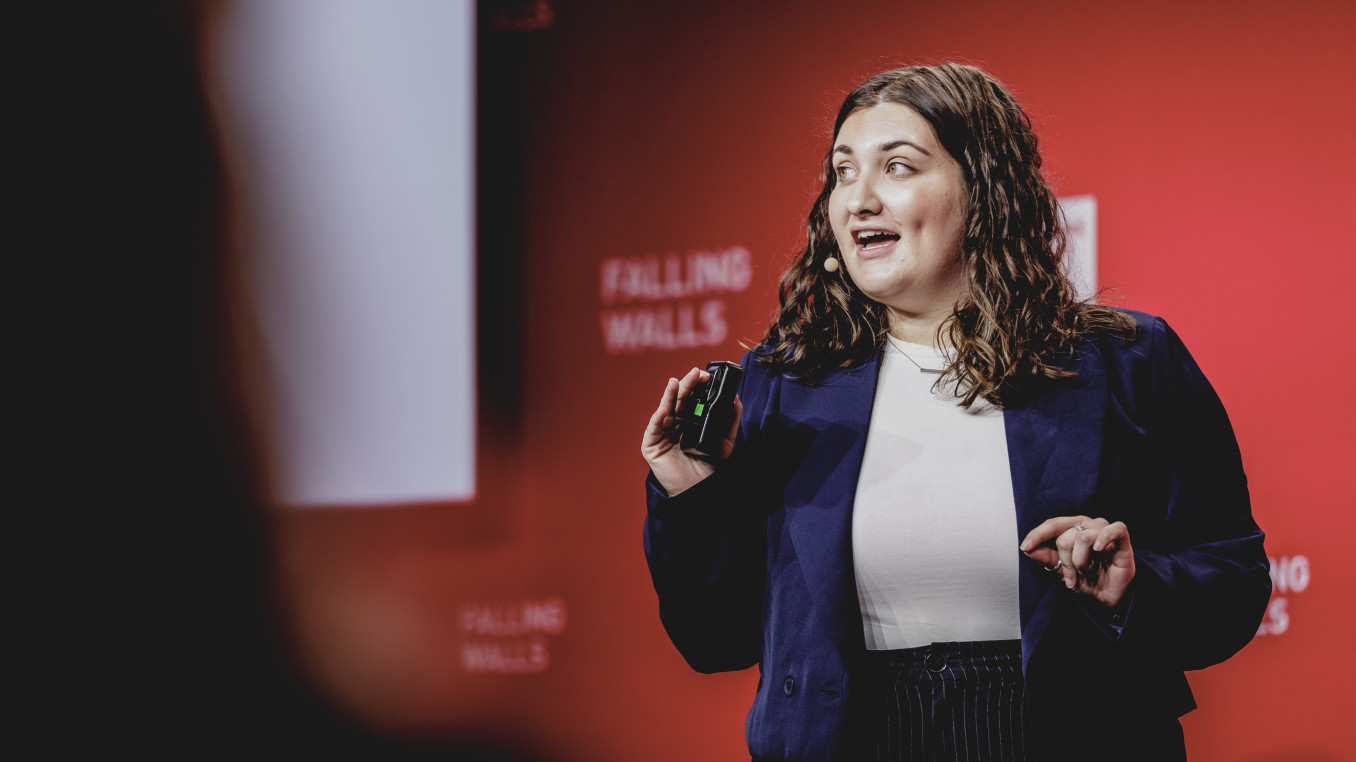Breaking the Wall of Peace Fragility in Disaster Zones
Breaking the Wall of Peace Fragility in Disaster Zones
Global Call 2025 Finalist Interview: Social Sciences & Humanities
Shee Kupi Shee is a seasoned disaster management and peace-building expert serving as Director of Disaster Risk Management in Lamu County, Kenya. He leads innovative humanitarian initiatives, maritime rescue operations and conflict-resolution programs, earning national and global recognition for community resilience work.
Which wall does your research or project break?
My project breaks the wall of peace fragility in disaster-prone coastal communities. In many regions like Lamu County, Kenya, the intersection between natural disasters, social vulnerability and conflict remains unaddressed. Disasters often worsen existing tensions, disrupt social cohesion and leave communities trapped in cycles of recovery without resilience. Traditional approaches treat disaster response and peacebuilding as separate sectors, often excluding local knowledge and leadership in the process.
Barriers and limitations this project addresses:
1. Disconnection between disaster response and peacebuilding:
Humanitarian and development efforts often work in silos. This project bridges that gap by integrating peacebuilding directly into disaster preparedness, response and recovery, recognising that sustainable peace and disaster resilience must go hand-in-hand.
2. Top-down, externally driven models:
Many initiatives overlook local voices, particularly in remote coastal areas. This project places communities—especially youth and women—at the centre of decision-making, implementation and leadership. It builds on existing cultural practices, indigenous knowledge and maritime traditions to create solutions that are rooted in context and more sustainable.
3. Underrepresentation of coastal and maritime realities:
Coastal communities face unique threats—from rising sea levels to resource-based conflicts—yet they are often excluded from national resilience frameworks. This project addresses these blind spots by tailoring peace and disaster strategies to the specific needs and risks of maritime environments.
4. Limited early warning and conflict prevention systems:
The project incorporates community-led early warning mechanisms for both environmental hazards and social tensions, allowing for timely, locally informed interventions.
By breaking these walls, the initiative not only reduces vulnerability but fosters a culture of peace, preparedness and local ownership. It offers a scalable model that can inspire similar efforts across other fragile, disaster-prone regions globally.
What is the main goal of your research or project?
The main goal of my project is to break the cycle of peace fragility in disaster-prone coastal communities by building community-led, culturally rooted systems for disaster resilience and sustainable peace. Based in Lamu County, Kenya, the initiative integrates disaster risk management with peacebuilding by empowering local actors—especially youth and women—to lead efforts in both preparedness and conflict prevention.
In coastal regions, disasters often exacerbate existing vulnerabilities—damaging not only physical infrastructure but also tearing at the social fabric. They can trigger displacement, ignite intercommunal tensions and deepen mistrust, especially in fragile contexts. Unfortunately, most traditional interventions are reactive, top-down and fail to address the social consequences of disasters. This project challenges that model by fusing peacebuilding and disaster management into one holistic, locally owned framework.
Key components of the project include grassroots early warning systems, youth- and women-led conflict resolution forums, and the use of maritime cultural heritage to promote unity and shared identity. By grounding strategies in indigenous knowledge and empowering community-based structures, the initiative ensures that solutions are sustainable, inclusive and context-specific.
Importantly, the project's impact has spilled over across the Kenya–Somalia border, especially in areas affected by cross-border migration, resource-based tensions and violent extremism. Through informal peace networks, local dialogue platforms and community mobilisation efforts, the initiative is fostering peaceful coexistence and resilience on both sides of the border. These cross-border operations have strengthened regional cooperation and demonstrated the power of locally driven approaches in fragile, transboundary settings.
Ultimately, this project aims not only to reduce vulnerability and conflict risk in coastal Kenya but to offer a scalable model for other disaster-prone and conflict-affected regions across East Africa. It seeks to inspire a shift in how we approach humanitarian response—placing peace, culture and community at the centre of resilience-building.
What advice would you give to young scientists or students interested in pursuing a career in research, or to your younger self starting in science?
To young scientists and students—especially those from underrepresented or marginalised communities—my advice is to start where you are, use what you have and never underestimate the value of your local knowledge and lived experience. The world of research doesn’t just belong in laboratories or elite institutions. It also lives in the stories, struggles and solutions within your own communities.
If I could speak to my younger self, I would say: “Don’t wait to be called a researcher—act like one from day one.” Research is not only about academic theory; it’s about curiosity, empathy, and the courage to ask difficult questions and seek meaningful answers. The work I do today in disaster-prone coastal areas began not with a formal title, but with a passion to solve real problems, engage communities and amplify marginalised voices.
One of the most powerful lessons I’ve learned is that research grounded in purpose and people has the greatest impact. Especially in fields like social sciences, peacebuilding and environmental resilience, your research must not only observe the world—it must help shape it for the better. Be bold enough to question established systems but humble enough to listen deeply to those you aim to serve.
Build networks, collaborate across disciplines, and embrace both failure and feedback—they are part of the learning process. Most importantly, let your identity, your roots and your values inform your path. Innovation often emerges at the intersection of tradition and new thinking.
Finally, remember this: research is not just about discovery—it’s about responsibility. You are not only seeking knowledge; you are creating pathways for others to thrive. Pursue your purpose with integrity and your work will leave a legacy beyond data and publications—it will transform lives.
What inspired you to be in the profession you are today?
I was inspired by witnessing how disasters and conflict deeply impact vulnerable coastal communities, especially in Lamu. This drove me to dedicate my life to building peace and resilience through locally led, culturally grounded solutions.
What impact does your research or project have on society?
My project strengthens community resilience by empowering coastal populations to prevent conflict and respond to disasters using local knowledge and inclusive leadership. It promotes lasting peace, social cohesion and sustainable development in vulnerable regions.
What is one surprising fact about your research or project that people might not know?
One surprising fact is that the project’s peacebuilding model, rooted in indigenous maritime culture, has not only reduced local tensions but also influenced cross-border cooperation between communities in Kenya and Somalia. It shows that traditional knowledge can drive regional peace and resilience.
What’s the most exciting moment you've experienced over the course of your research or project?
One of the most exciting moments was witnessing former youth at risk of radicalisation become local peace ambassadors, leading community dialogues and early warning efforts. It was a powerful reminder that transformation is possible when communities are trusted to lead their own change.

